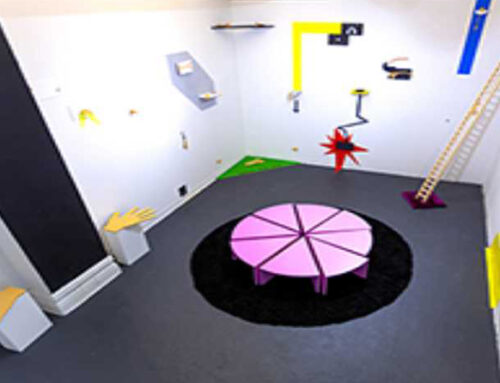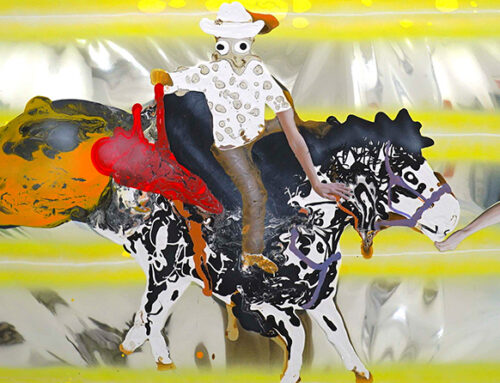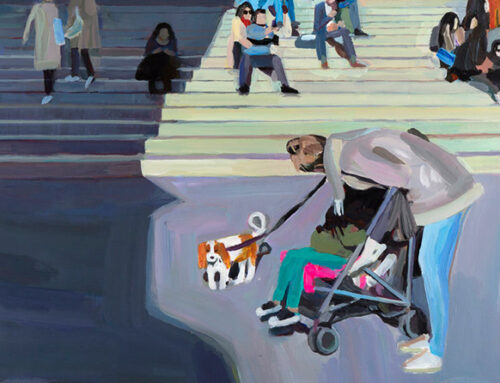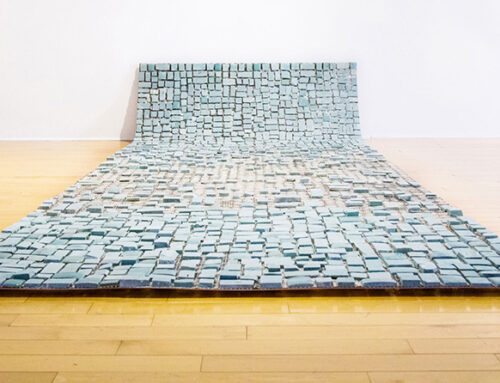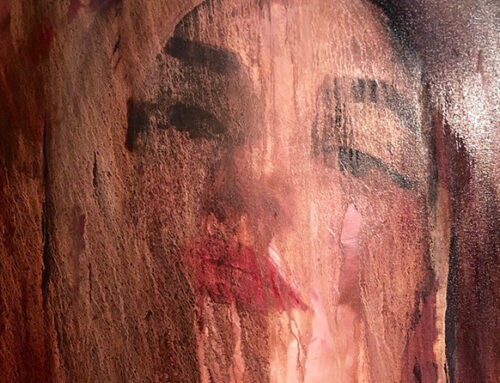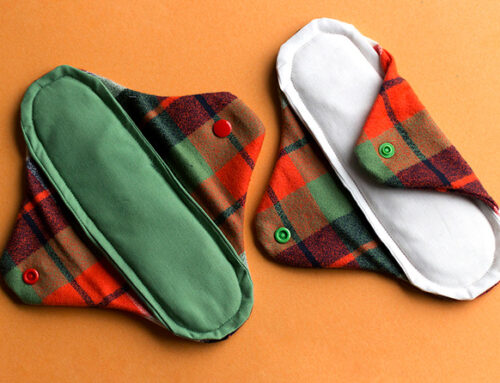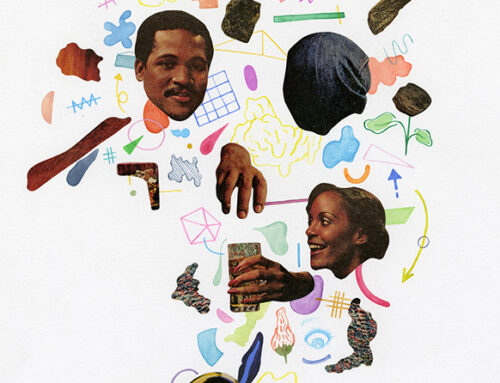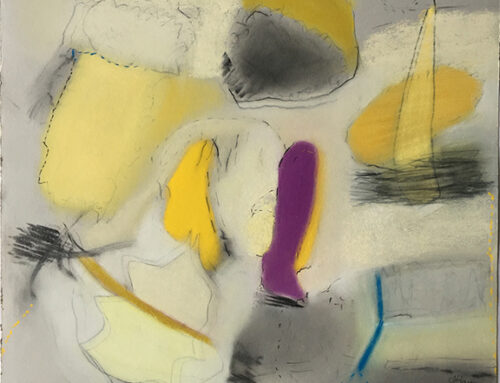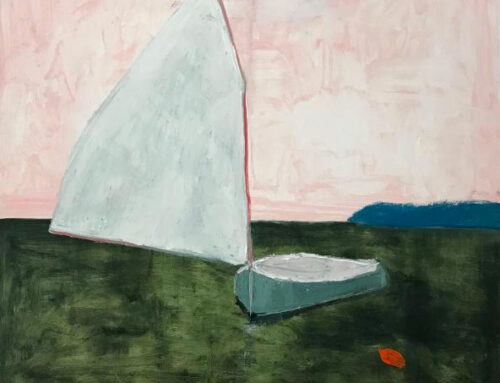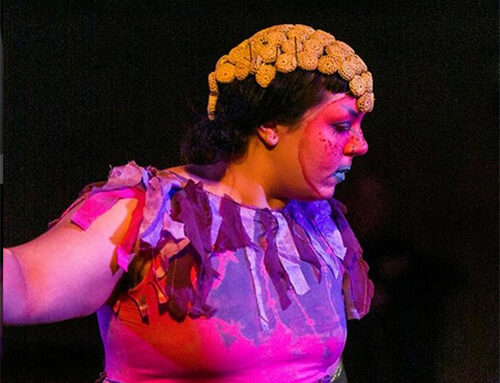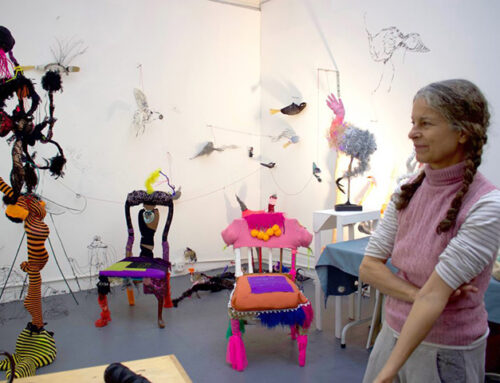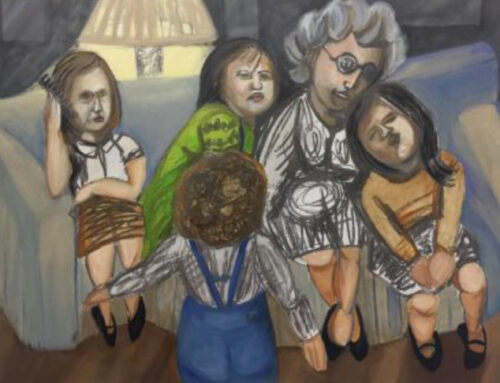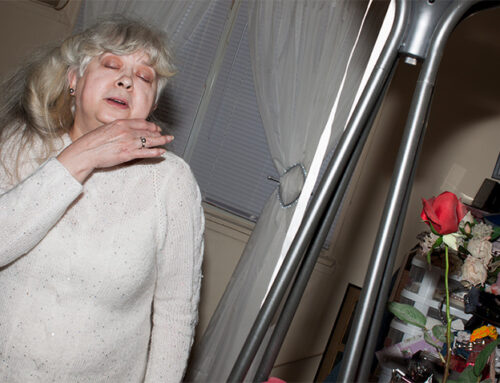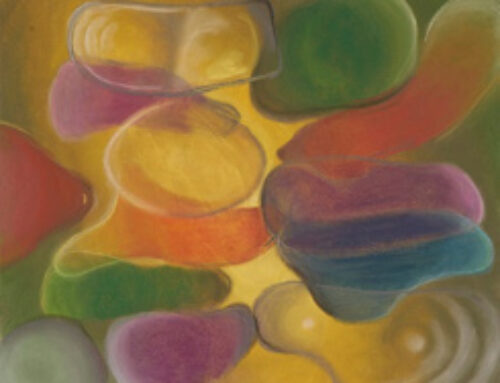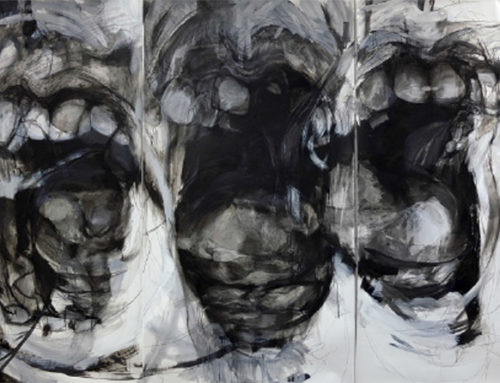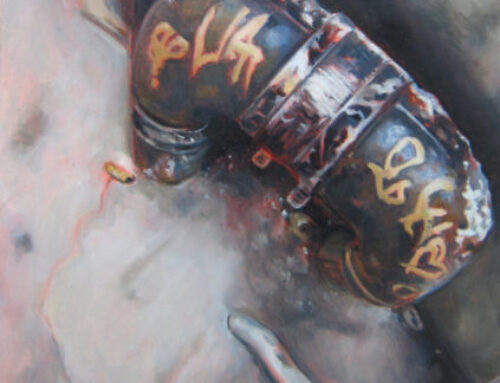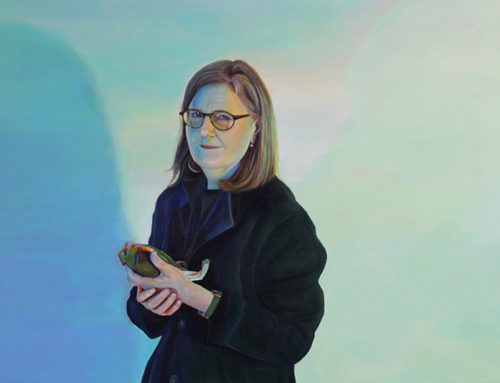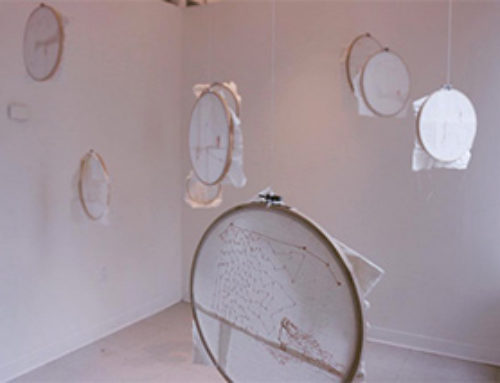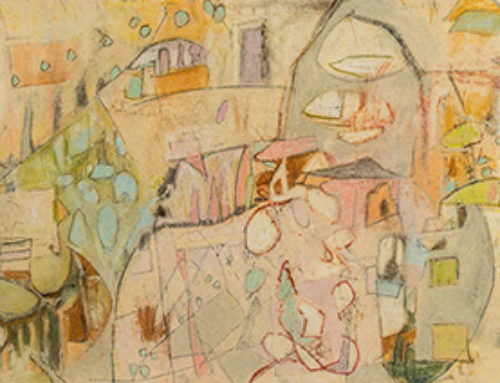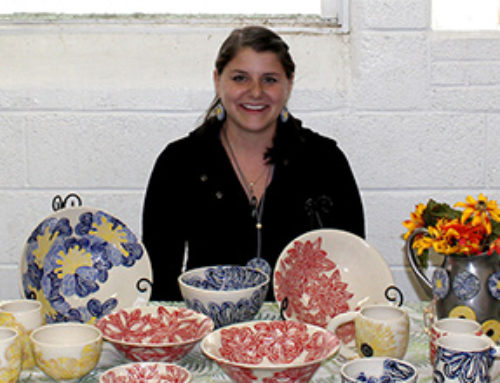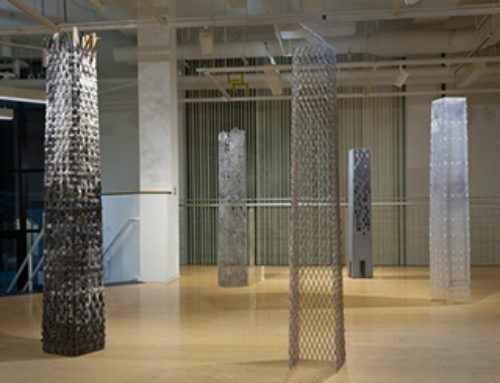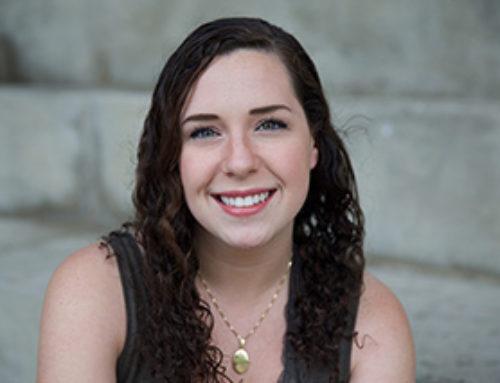
The Cat Bird Seat
Oil on Canvas, 60”x40”

The Hare
Oil on canvas, 48” x 36”

Woman and Fish
Oil on canvas, 48” x 36”
LAURA WEIL | INTERVIEW QUESTIONS
Q. How did your passion for art begin taking shape for you—at home, school, a mentor, and other artists who inspired you or a personal experience that started the fermenting process?
A. My passion for art began when my parents gave me sketchbooks. Some of my earliest memories are the joys of filling sketchbooks with the things I saw around me, images from stories, and imagined faces. I was also always fascinated and exhilarated walking through museums. One of my mother’s friends was an artist named June Lathrop. Going to her apartment in New York, where she would sit me next to her cat Seamus, with a can of ginger ale, watercolors, and paper, is another of my best art memories. Seeing the work she created in her apartment gave me a clue as to what an artist could be.
Q. How would you describe your artwork, in terms of materials or mediums? Has it changed or evolved since formal training and what are your goals for it?
A. My work involves use of oil paint, acrylic paint, pastel, and unconventional materials on paper and canvas. It has changed over my life but I hope still invokes my desire to connect with people and my excitement of discovery.
Q. How important is a personal style to you as an artist or does your work reflect larger social and cultural issues?
A. I have been thinking about personal style. I try to let my style be fluid. I think artwork, if it’s honest, has no choice but to reflect larger social and cultural issues.
Q. Has being a woman affected your work and others’ perception of it? How do you feel about being a part of a woman’s art organization?
A. I have a strained relationship with the idea of being a woman that I am still in the process of understanding. I think being a woman puts me in an interesting position for making art, and part of my irreverence and anger comes from womanhood.
I am very influenced by the different periods of Picasso’s oeuvre, and I think many of my peers are as well. However, I think the women I know are having a particularly interesting conversation with Picasso, because ours is not only a manifesto of admiration but is also a true confrontation. This confrontation with the dead artist can be comedic or tragic or both. This tension keeps the art fresh.
Being a part of a woman’s art organization seems to be something I have strived for my whole life. From sitting in June Lathrop’s apartment as a child, to walking through Amy Rittenhouse’s home (filled with her art) as a pre-teen, and from admiring fabulous women artists like Frida Kahlo, Eva Hesse, Helen Frankenthaler, Lynette Yiadom Boakye and more, I have always been inspired by the creative output and processes of women artists.



